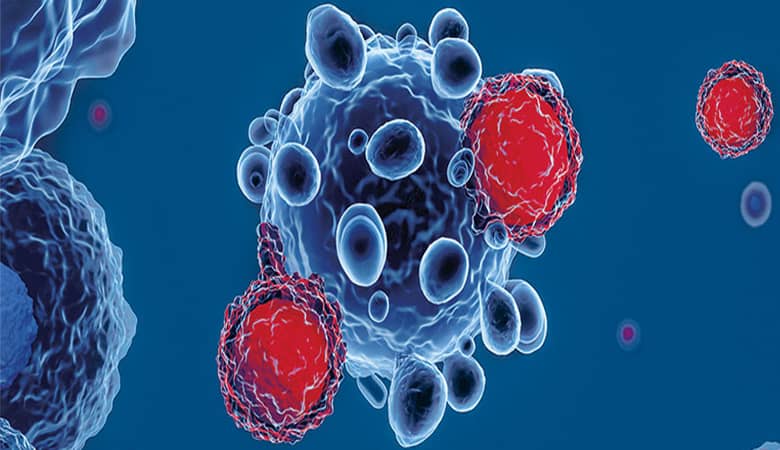How Does Gene Therapy Work?

Gene therapy is a relatively new type of medical treatment that has exciting potential uses that could help millions of people with chronic diseases. But because it’s such a new type of treatment, most of the general public doesn’t understand how it works.
Gene therapy is a type of treatment that involves introducing new, healthy DNA into the body of someone who is ill so that the body can begin reproducing the healthy gene and destroy the sick or mutated genes.

What Do Genes Do?
Genes carry the instructions that the body needs to make proteins that are critical to healthy body functioning. If these genes are damaged, the body might not be able to make these proteins. Without them, the body doesn’t have the building blocks of cells.

What Does Gene Therapy Do?
Gene therapy works to restore the genetic code so that the body can produce these important proteins. There are a few ways gene therapies can compensate for the mutated genes present in people’s bodies before the therapy. Firstly, there’s gene transfer, which is a technique in which new genetic material is introduced to the body. Usually, this will be a healthy copy of the same gene, but there’s also a way to introduce a different type of gene that will provide the instructions for a protein that can help cells function correctly.
Another option that’s very new is something called genome editing. Instead of introducing new, healthy genes like other types of gene therapy do, genome editing involves introducing tools that edit the genome by removing or altering genes at specific locations.
How New Genes and Genome Editing Tools Are Introduced
New genes and genome editing tools that are introduced directly to the cell through insertion don’t function, so they’re introduced to cells via something called a vector. Usually, a virus is the type of vector that’s used because they’re able to introduce the gene or editing tool by infecting cells. So that people aren’t infected with the illness that viruses usually cause, the virus is modified before injection.
There are a couple of ways that the vector can be introduced to the body, including through an IV. Otherwise, it’s also possible to remove some of the patient’s cells so that they can be infected with the vector. Later, they’re returned to the patient.
Risks of Gene Therapy
There are enormous potential benefits to gene therapy, but there are also some risks. For example, it’s possible to introduce a virus that could cause an auto-immune response. Otherwise, the vector could cause cancer because the gene could mutate.
Gene therapy in general is a fairly new type of treatment, and scientists are making improvements to the process. Companies like Avantor “offer a broad range of cGMP chemicals and single-use technologies to help you develop gene therapies that can reach patients faster, from cell culture components, fermentation media, and supplements to growth factors, reagents, and excipients” so that researchers are able to get better results and pivot more quickly during the research process.




